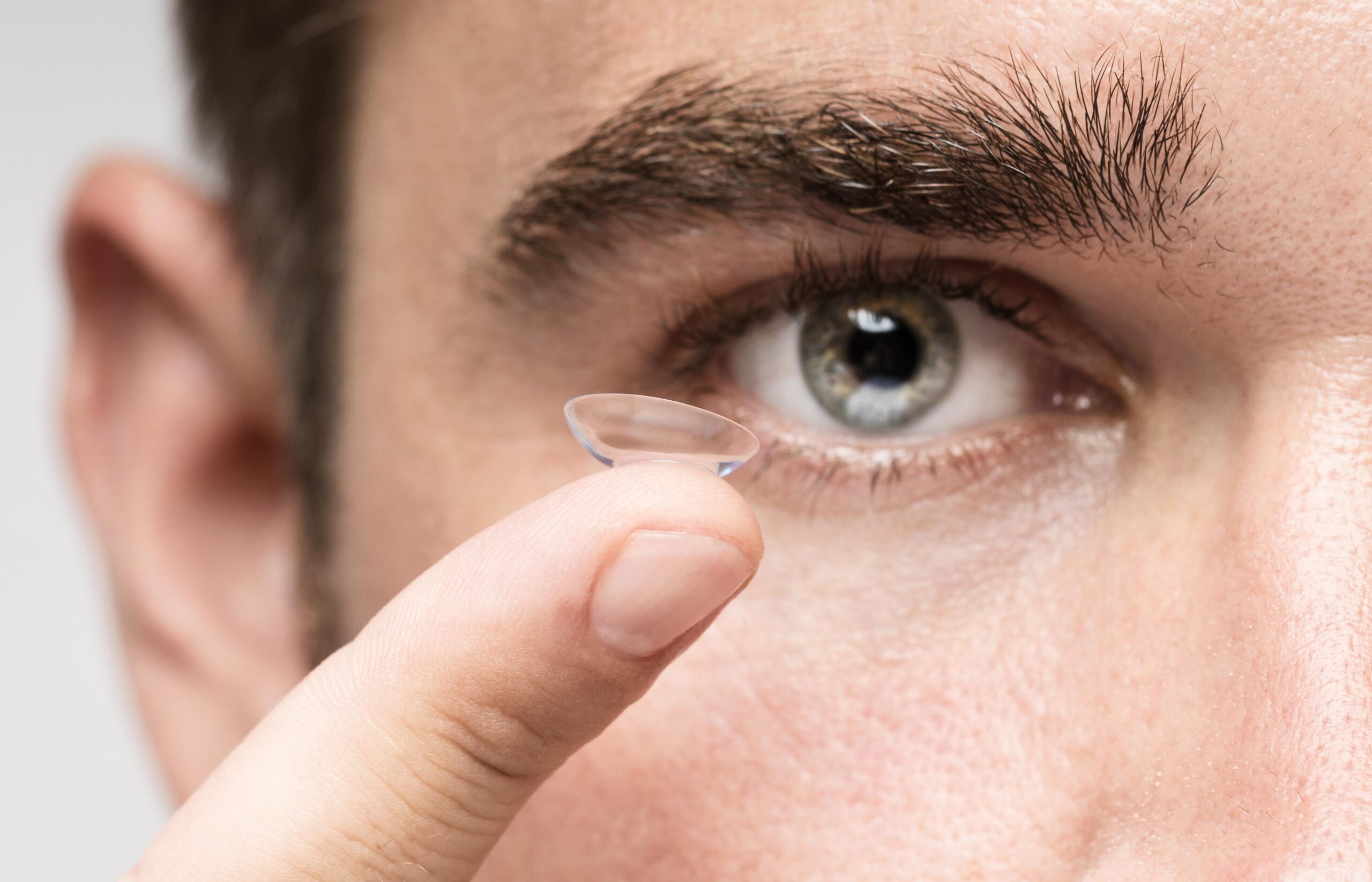
Soft contact lenses offer millions of people around the world clear vision and everyday comfort. But with this convenience comes a vital responsibility: hygiene. Poor contact lens care is one of the leading causes of eye infections and complications that can lead to permanent vision damage.
Whether you’re new to contact lenses or have worn them for years, this guide will equip you with the knowledge to keep your eyes safe and your lenses clean.
Why Is Contact Lens Hygiene So Important?
Your contact lenses sit directly on your cornea — a delicate, oxygen-hungry tissue. Because the eye has no direct blood supply for the cornea, it relies on the tear film and the surrounding environment for oxygen and nutrients. This makes it especially vulnerable to infection and inflammation.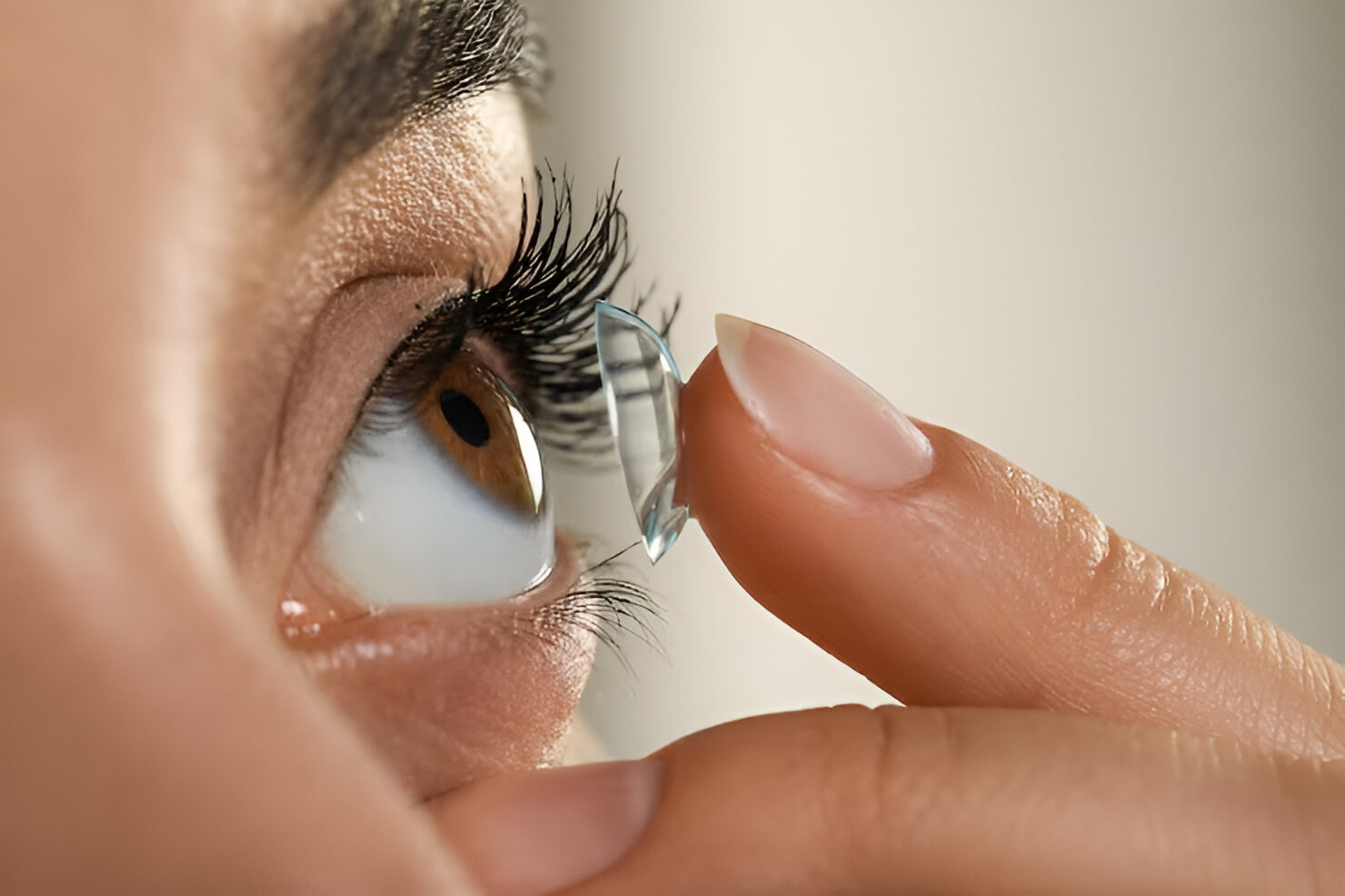
According to the Centers for Disease Control and Prevention (CDC), approximately 1 in every 500 contact lens wearers develops a serious eye infection each year. Many of these infections are linked to poor hygiene practices, such as reusing solution or sleeping in lenses not designed for overnight wear.
“Contact lenses are medical devices — not cosmetics. Treating them casually can have serious consequences.”
— Dr. Thomas Steinemann, Ophthalmologist, MetroHealth Medical Center, Cleveland
Common Eye Conditions Caused by Poor Lens Hygiene
-
Microbial keratitis: A potentially vision-threatening corneal infection caused by bacteria, fungi, or protozoa such as Acanthamoeba.
-
Conjunctivitis (pink eye): Inflammation of the conjunctiva, often due to contamination or allergic reactions.
-
Corneal ulcers: Open sores on the cornea that can scar and impair vision if left untreated.
-
Giant papillary conjunctivitis (GPC): A chronic inflammatory reaction from protein buildup on lenses.
A 2021 review in the journal Contact Lens and Anterior Eye emphasized that noncompliance with recommended lens care guidelines is still alarmingly common — particularly among adolescent and young adult users.
The Golden Rules of Soft Contact Lens Hygiene
What You Should Do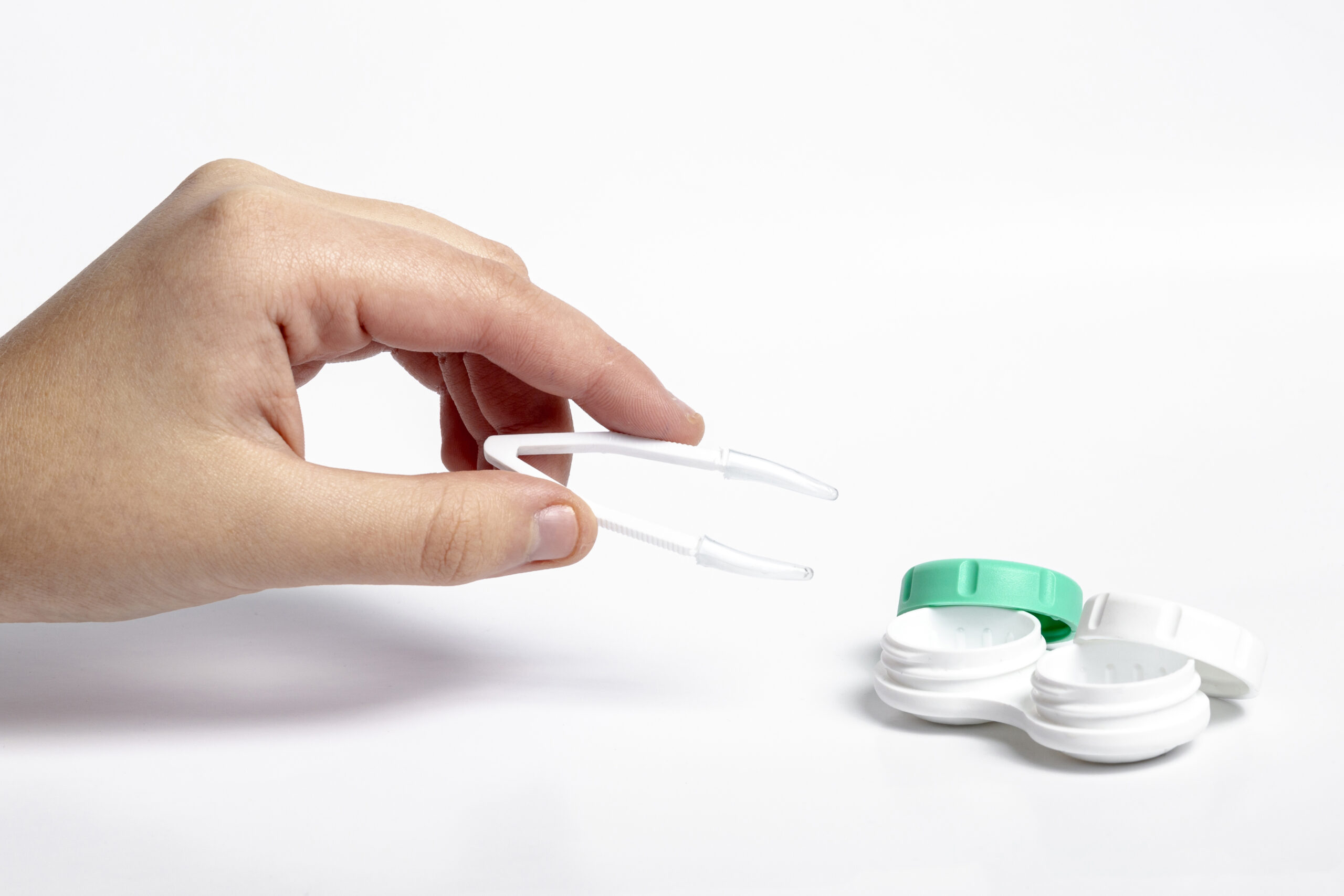
-
Always wash and dry your hands before handling lenses.
-
Clean lenses daily using multipurpose solution — even if labeled “no-rub”, rubbing removes more debris.
-
Disinfect lenses by storing them in fresh solution every night. Never top off old solution.
-
Clean your lens case regularly and let it air-dry. Replace it every 1–3 months.
-
Follow your optometrist’s wearing schedule — do not extend usage beyond recommended duration.
-
Remove lenses before sleeping, unless prescribed as extended wear.
What You Should Avoid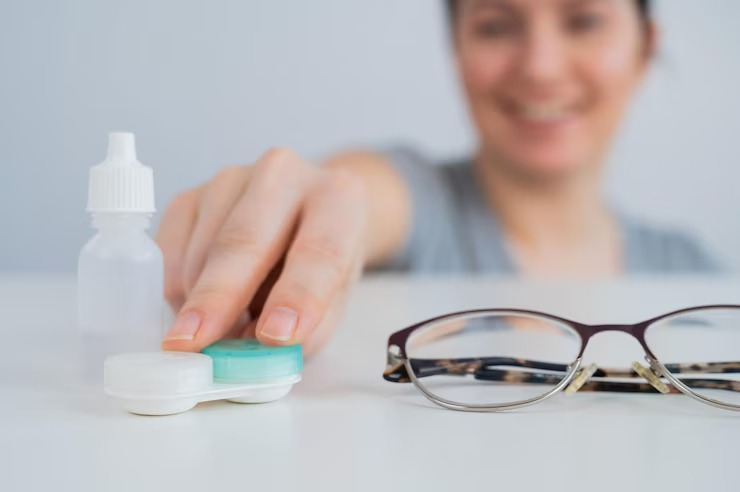
-
Do not rinse or store lenses in tap water, as it may contain Acanthamoeba and other microorganisms.
-
Avoid using saliva or moistening lenses in your mouth.
-
Never wear contact lenses while swimming, bathing, or in hot tubs.
-
Avoid reusing or “topping off” lens solution.
-
Do not use expired solution or lenses.
Warning Signs That Should Never Be Ignored
-
Redness or irritation
-
Blurry or hazy vision
-
Pain or a gritty sensation
-
Sensitivity to light
-
Discharge from the eye
If any of these symptoms occur, remove your lenses immediately and consult an eye care professional.
Contact Lens Hygiene: The Daily Routine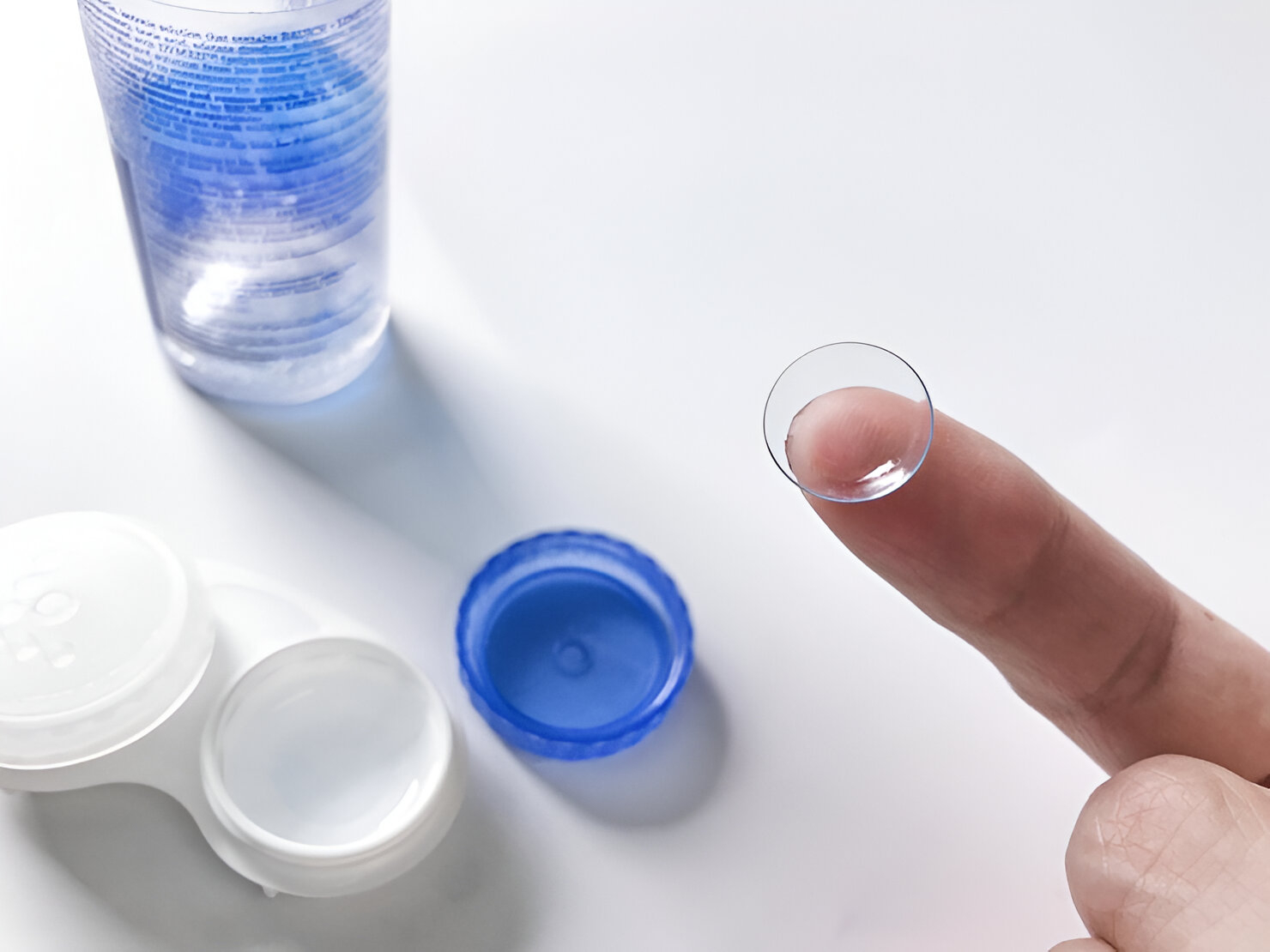
-
Wash your hands thoroughly with soap and water.
-
Dry hands with a lint-free towel.
-
Remove one lens and place it in your palm.
-
Apply multipurpose solution, rub gently for 10–15 seconds.
-
Rinse with fresh solution.
-
Place the lens in your clean case with new solution.
-
Repeat for the other eye.
This simple habit takes less than five minutes but can prevent weeks — or even months — of discomfort or vision loss.
What the Research Says
-
A study published in Eye & Contact Lens (2019) found that nearly 85% of contact lens wearers admitted to at least one risky hygiene behavior, like rinsing with water or extending wear time.
-
The American Academy of Ophthalmology warns that overnight contact lens wear increases the risk of corneal infection by 6 to 8 times compared to daily wear.
-
The British Journal of Ophthalmology has documented that non-compliance with hygiene guidelines remains the most common cause of contact lens-related infections.

Expert Advice on Daily Disposable Lenses
Daily disposable lenses are gaining popularity due to their reduced risk of infection. Since they’re discarded after a single use, there’s no cleaning or storage required, and there’s less chance for contamination.
“Daily disposables are a game changer in reducing microbial keratitis risk, especially for younger or less compliant users.”
— Dr. Lyndon Jones, Director, Centre for Ocular Research & Education (CORE)
Resources for Safe Contact Lens Use
-
CDC Healthy Contact Lens Program
https://www.cdc.gov/contactlenses -
American Optometric Association – Contact Lens Safety
https://www.aoa.org -
British Contact Lens Association (BCLA)
https://www.bcla.org.uk
Take Away
Soft contact lenses are safe, convenient, and highly effective — but only if they are used responsibly. Practicing proper hygiene can help you avoid painful, sight-threatening complications. When in doubt, ask your optometrist for guidance. After all, these are your eyes — and you only get one pair.
“Healthy eyes start with healthy habits. Don’t gamble with your vision.”

